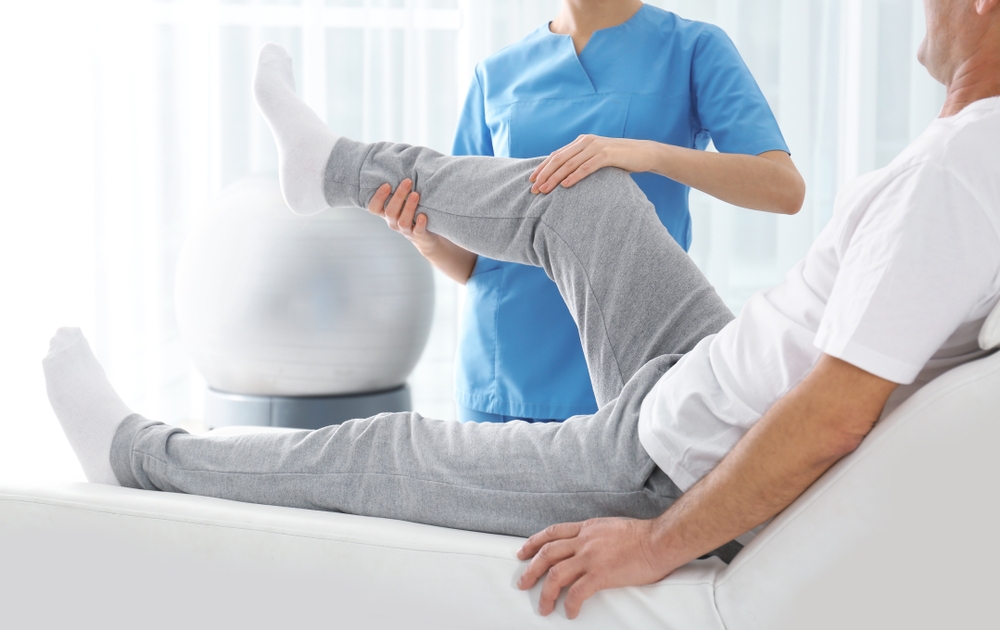Sport and injuries
Well-being, physical but also mental; fun, learning of values, socialization and integration: there are many benefits of physical activity and sport, individual or team, for young and old. The difference between these two groups is made, in general, by the different risk of exposing themselves to injuries, more or less important, which represent the main risk for those who practice sports https://www.livinghealthgroup.com.au/
Therefore, it is first of all important to choose carefully which sport to practice , knowing that there is no one better than others. Especially in adulthood, the assessment must be made mainly by taking into consideration the signals sent by one’s body and the objectives it sets itself: the achievement of a better relationship with oneself, in terms of weight loss or better definition of muscle mass. , or fun, relieving stress and tension, etc.
Speaking instead of body signals, everyone knows their body and their history: of course, especially in contact sports, injuries are particularly unpredictable, but certainly choosing an activity that does not stress your “weak points” is already an excellent start point.

But what are the most frequent sports injuries ? Surely those to the detriment of muscle tissues, classified into:
bruises , for example following a blow or a fall, and characterized by the presence of a hematoma;
contractures , caused by the involuntary and sudden contraction of one or more muscles, following an excessive stress on them;
strains , or elongations of the muscle fibers often due to fatigue or excessive and prolonged strain;
tears , or tears of the same fibers;
cramps , which are involuntary contractions of a muscle or a bundle of muscles.
To these are also added problems that affect:
ligaments and joints, such as inflammation (e.g. tendonitis) and sprains , which in turn can give rise to more serious problems such as ligament injuries or ruptures, particularly in the knee;
The lower limbs, such as common blisters;
Other districts, such as lumbar (back pain).
As you can see, the cases are quite different, as are the levels of severity and recovery times needed ; to determine the latter, in addition to the type of injury, aspects such as general physical conditions and psychological factors that can affect the recovery phase must also be taken into consideration.
In a first phase, especially for minor injuries, it is also possible to resort to self-medication , following the famous RICE protocol, namely Rest (rest), Ice (ice), Compression (compression) and Elevation (elevation). But it is important to understand well what injury it is, to avoid worse problems: for example, in the event of contractures or cramps, you should not use cold but heat (compresses, etc.), which helps to increase blood flow in the affected area. , promoting better elasticity and extensibility of muscle fibers.
